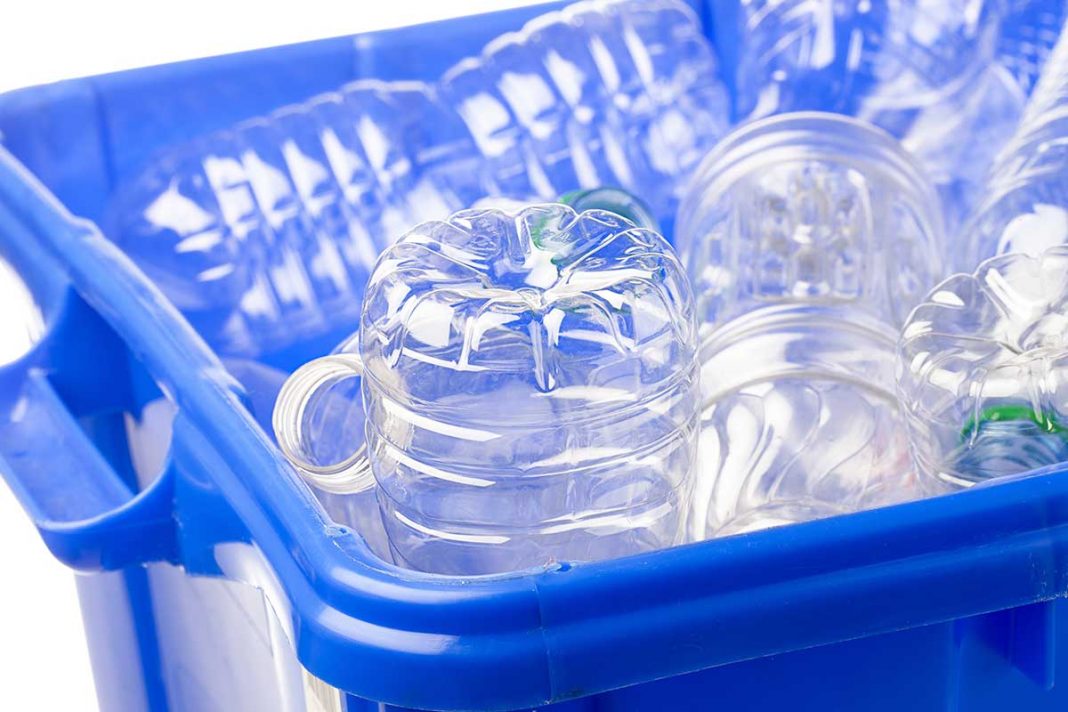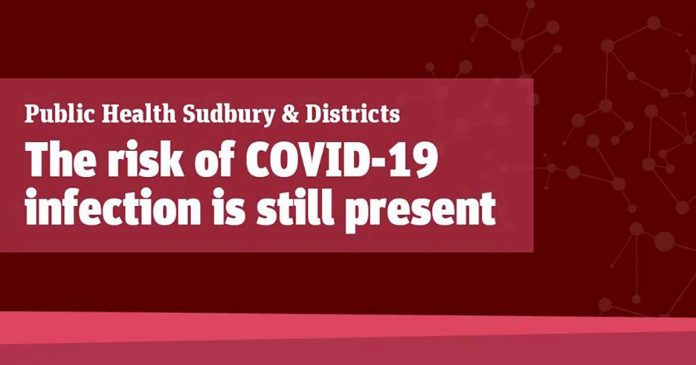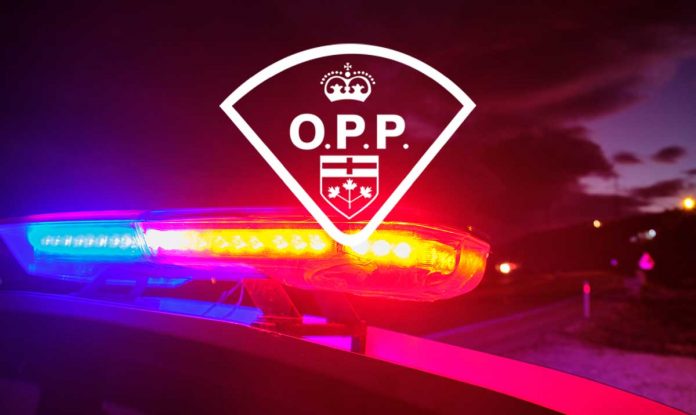MANITOULIN – Ontario kicked off Waste Reduction Week last week by unveiling regulations to improve the blue box program. The enhancements include expanding the items that can be recycled and making producers of products and packaging fully responsible for the waste they create.
“We’re creating a stronger and more effective Blue Box program that actually works,” said Jeff Yurek, minister of the Environment, Conservation and Parks. “By harnessing the innovation and ingenuity of industry and expanding recycling opportunities for people and businesses across the province, we can divert more waste from landfills by finding new purposes for products and reinserting them back into the economy.”
The proposed regulation will standardize and increase the list of materials accepted in the blue box including paper and plastic cups, wraps, foils, trays, bags and other single use items such as stir sticks, straws, cutlery and plates. The costs of the program will be transitioned from municipal taxpayers to the producers of products and packaging, resulting in an estimated savings of $135 million annually for municipalities. Blue box services will be expanded to more communities, including smaller, rural communities; and to facilities such as apartment buildings, long-term care homes, schools and municipal parks in 2026.
The first blue box program began in Kitchener in 1981 and is now used in hundreds of locations globally. The original program collected newsprint and some food and beverage containers. The number of materials has increased and the materials themselves have changed drastically since then. They are more complex and exist within a global economy rather than a local one. Under the Resource Recovery and Circular Economy Act, 2016, producers will be fully responsible for the life cycle of their product and packaging, including recycling of materials.
“The Ontario Waste Management Association (OWMA) supports the Ontario government’s commitment to strengthen the blue box recycling program and set some of the highest waste diversion targets in North America,” said Mike Chopowick, CEO of OWMA. “Shifting funding responsibility of the blue box to producers will create a catalyst to improve Ontario’s recycling performance. This is not only good for the environment, it is good for the economy and will encourage investment, job creation and innovation in the recycling and resource recovery sector.”
The Made in Ontario Environment Plan outlines provincial commitments aimed at reducing litter and waste in our communities that include reducing and diverting food and organic waste; reducing plastic waste; reducing litter in our neighbourhoods and parks; and increasing opportunities for Ontarians to participate in waste reduction efforts.
Ontario generates about 4.7 million tonnes of residential waste and 6.9 tonnes of industrial/commercial/institutional (ICI) waste each year. Of the 4.7 million tonnes of residential waste, only 30 percent is recycled. That means almost 3.3 million tonnes of waste that ends up in our landfills, nearly a tonne of waste per person per year. The Conference Board of Canada calculated that diverting 1,000 tonnes of waste from the landfill generates seven full time jobs, $360,000 in wages and more than $700,000 in Gross Domestic Product (GDP). It also reduces the release of methane, a potent greenhouse gas (GHG), from landfills, helping to meet GHG emission targets as outlined in the plan.
Interim targets are 30 percent diversion by 2020, which has been achieved, 50 percent diversion by 2030 and 80 percent diversion by 2050.
The Canadian Beverage Association welcomed the government’s proposed beverage container diversion targets of 75 percent by 2026 and 80 percent by 2030. “Our sector plans to build on the success of the Blue Box collection system and meet these targets by introducing a new, comprehensive beverage container recycling program with convenient public space recycling at parks, public buildings and special events,” said president Jim Goetz.
The list of materials collected by blue box programs across the province has not been consistent, often resulting in contaminated recycling streams that have been a cost burden to municipalities. “One challenge with the (existing) blue box program that we’re trying to solve is that typically, we see about a 25 to 30 percent contamination rate,” said Mr. Chopowick. “Right now the average across the province is 30 percent of what’s collected in the blue box after they’re sorted goes into the landfill. Some items are not clean; for example, a greasy pizza box or a peanut butter jar that’s half empty. Those are not recyclable. Then of course people throw things like clothes into their blue box, throw used power tools and other items like that that aren’t recyclable.”
The new regulation will contain a harmonized list of materials accepted in blue box programs across the province and may include materials not currently covered under existing diversion programs. Potential items include small and large appliances, power tools, rechargeable batteries, fluorescent bulbs and tubes, mattresses, carpets, clothing and other textiles, furniture and other bulky items.
Food waste is another area addressed by the new regulations. When food and organic matter break down in a landfill they emit methane, contributing to climate change; add to that the already large amounts of agricultural land, energy and water utilized in growing and transporting the food. Food waste also attracts rats and other rodents to the landfills.
According to Mr. Chopowick, food waste is a huge part of the waste stream. “I think the last set of statistics we have showed 3.7 million tonnes per year of food waste in Ontario, which is maybe a quarter of the waste stream. That’s enough to fill up the Rogers Centre in Toronto five times every year. That’s a lot of food waste.” Ontario composts about one million tonnes of that, he added, certainly leaving room for improvements.
Doubling the current diversion rate for food and organic waste would lead to a reduction of an additional 1.1 tonnes of GHGs, roughly equivalent to removing 260,000 cars from Ontario roads each year.
The province also proposes to increase public awareness about food and organic waste, to expand green bin programs and to increase diversion efforts within school communities. It recognizes the need to rescue surplus food by connecting businesses that have food that would otherwise go to a landfill with social agency partners that are able to rescue and distribute the food.
The proposed framework ensures that programs already having a positive impact on the environ, like the Beer Store’s deposit return program, can continue under the new producer responsibility model.
The draft blue box regulation will be posted at ero.ontario.ca/notice/019-2479 for 45 days ending December 2, 2020 for public feedback.





